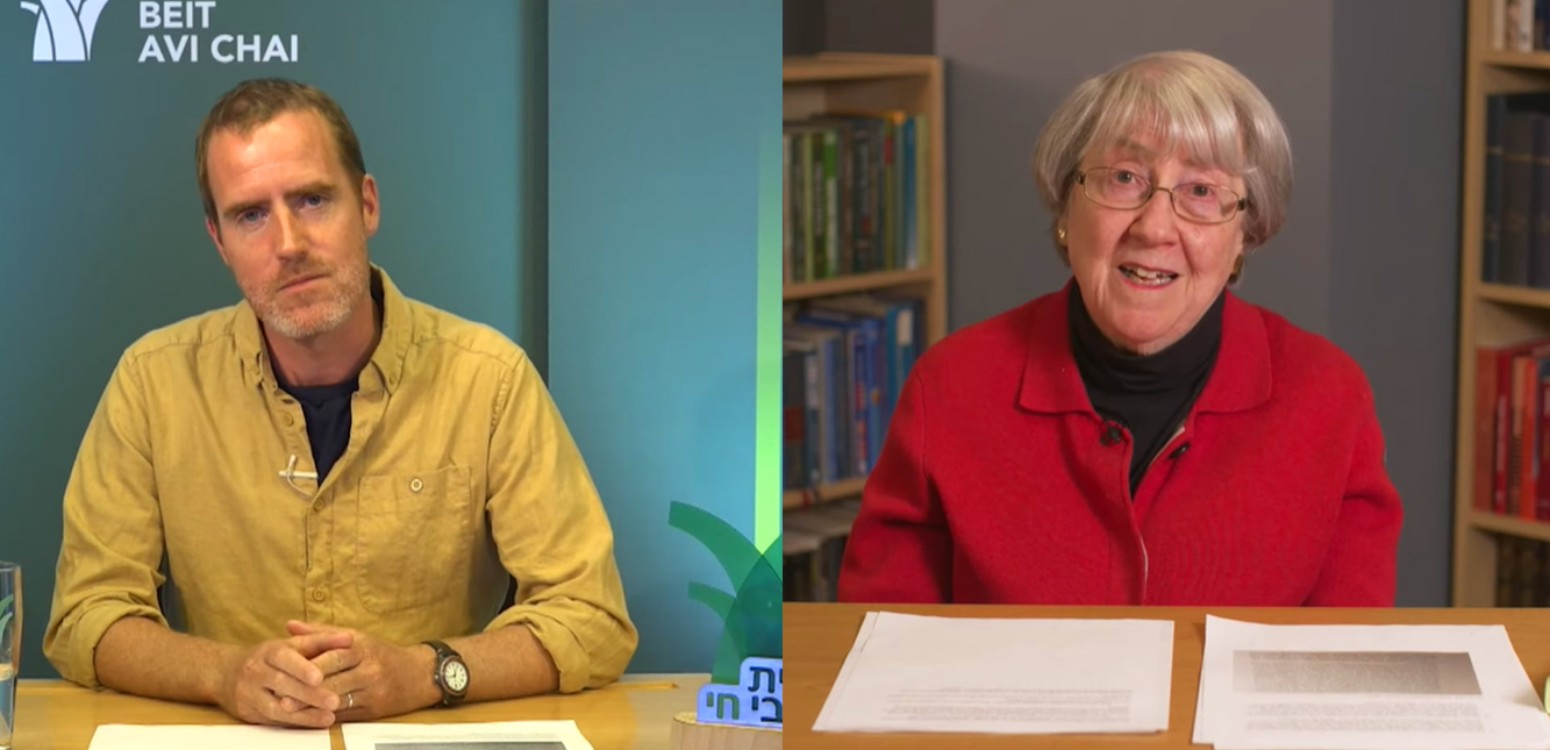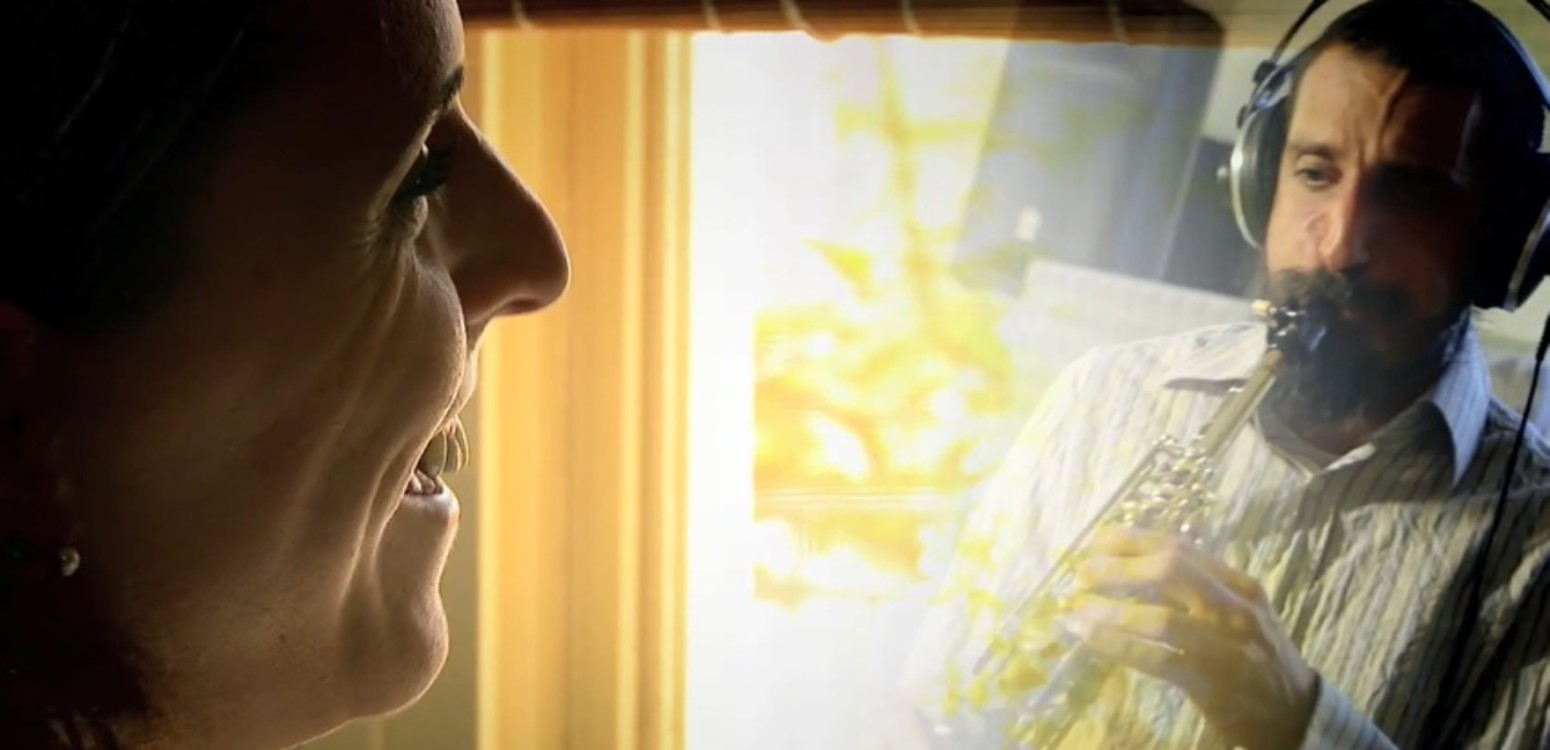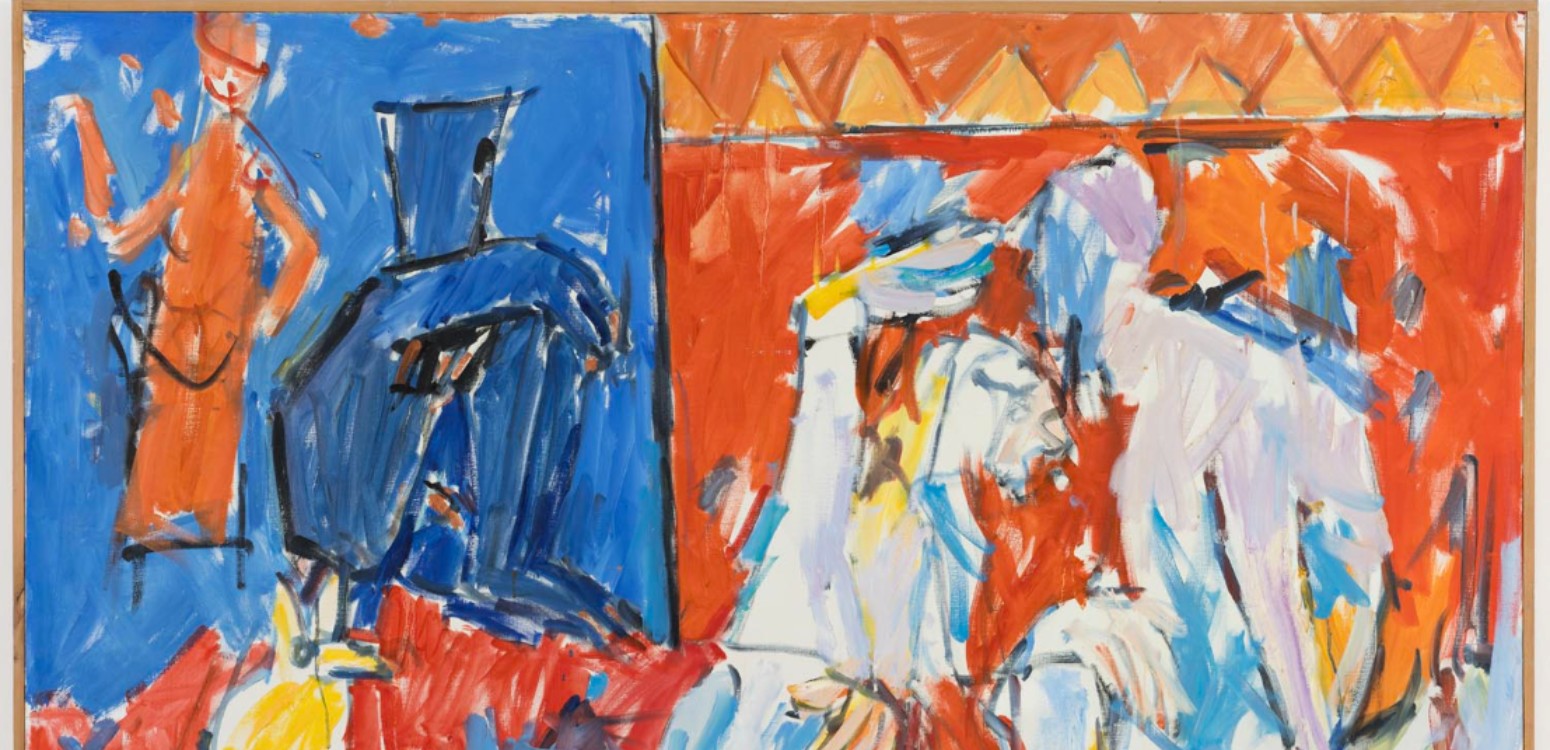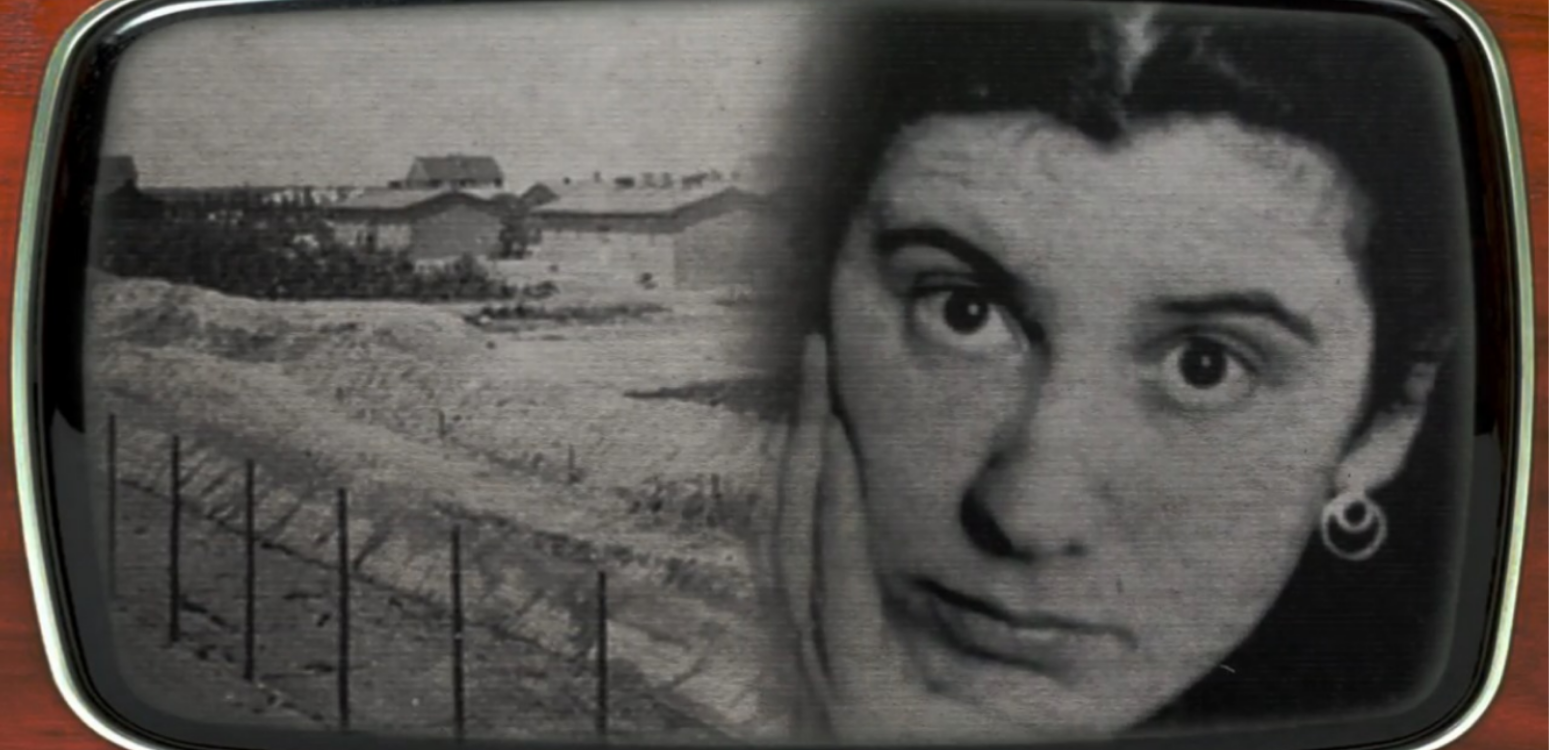The story of German Jewry is one of profound hope and devastating disappointment. Follow their journey from emancipation and cultural integration to the rise of Nazi persecution, as Professor Guy Miron examines how Jewish communities organized, debated, and struggled to make sense of their rapidly changing reality
One of the best periods experienced by Jews in Western Europe came just a few years before the most terrible period in Jewish history. Around the French Revolution (1789), a process of emancipation began in Western Europe, later spreading to Eastern Europe, allowing Jews to participate more fully in the job market and local society. This newfound freedom brought great hope for a new beginning. Many Jews pursued education, established themselves in the local economy, and embraced citizenship. This cultural and economic assimilation reached its zenith in Germany during the late 19th and early 20th centuries. The “Germans of the Mosaic faith” had high hopes that they would soon be recognized as equal members of German society – permanently and without reservation. And then the world wars came.
In conjunction with the Beit Avi Chai study series “German Jewry Facing Antisemitism: 1893-1938”, I spoke about Jewish associations, Zionism, and antisemitism with the series instructor Guy Miron, professor at the Department of History, Philosophy, and Judaic Studies at the Open University of Israel and head of the Center for Research on German Jews during the Holocaust at the International Institute for Holocaust Research at Yad Vashem.
We know about emancipation and its failure mainly in the context of Zionism, that is, in the context of Eastern Europe. We learned that there was hope for emancipation, which collapsed around the pogroms in the Russian Empire, and that the loss of hope for integration further awakened Zionism. What happened during this time to the German Jewry?
“In all countries, even in Russia, the main response to the decline of emancipation was not Zionism. You can imagine it this way: the Jews are traveling on a main road toward progress, and suddenly the road splits into three. There are Jews who try to continue the existing narrative and improve it – to believe in progress, even if in a more complex way. There are those who go in the direction of Zionism or Jewish nationalism, in its various forms. And there are those who go in various revolutionary socialist directions.
“The 1860s and 1870s in Germany were the peak of belief in liberalism, and then, in 1879, the word antisemitismus was first used in print in Germany. Liberalism fell from its greatness and dominance, and conservative groups entered the center of the political arena. Antisemitic parties appeared, and the situation, although it did not lead to immediate harm to the status of Jews, changed the atmosphere for the worse.
“The Jews in Germany started to understand that they need to defend themselves on their own, so they established the Central Association of German Citizens of the Jewish Faith (Centralverein deutscher Staatsbürger jüdischen Glaubens), out of a desire to engage in independent Jewish politics and represent the interests of Jews as Jews, instead of being on the margins of other movements. This was the first political organization that represented all German Jews.”
What did this association do?
“Its purpose was to fight antisemitism and, for the first time in history, become a representative organization of German Jews.It fought antisemitism mainly through legal means, similar to the Anti-Defamation League (ADL) in the US today. Later, during the Weimar Republic period, they became more political. This was not a party; there was no point in establishing a party because Jews were a percentage of the population and didn’t have enough electoral power (unlike the situation in Poland between the two world wars, where Jews formed a party and joined the coalition of minority blocs). This confrontation with the rise of antisemitism occurred more clearly in Germany than in France or Hungary, where such organizations did not arise. After all, in France, ultimately, those who lead the movement during the Dreyfus Affair and the opposition to the severe sentence imposed on him were French liberal forces, not necessarily Jewish ones.
“Along with the internal German organization, Zionism also rose in Germany, following antisemitic events and, no less, influenced by what happened in Russia. Some of the Zionist activists in Germany were actually Jewish immigrants from Eastern Europe. However, in its early years, Zionism in Germany was very ‘mild’. Until 1910, the central perception of German Zionism was that it was a solution for the Jews of Eastern Europe.”
And how did German Jews see their own situation?
“They continued to want to be part of the German nation, but understood that it won't happen by itself. Previously they said that progress would do the work for them and that their situation would improve naturally, but at this stage they understood that they need to take care of themselves and fight antisemitism on their own behalf, with Jewish pride and without hiding. This is a very significant change in consciousness. In retrospect, we tend to say about German Jews, ‘What fools they were; how shortsighted; how did they not understand where this was going?’ They actually did understand, and they tried to do what they could and established an organization that ultimately failed to bring about a large enough change because Germany fell into the hands of the Nazis.
“And then World War I broke out. At the beginning of the war, German Jews actually considered it good news, because the discourse in Germany revolved around unity. They saw the war as an opportunity to prove their loyalty, hoping that the antisemites will be convinced and that Zionism will become unnecessary. And indeed, in the first months of World War I, the belief in civil peace was very strong, and consequently, the Zionists were worried – it seemed that the Zionist project had lost all relevance. But from the moment it became clear that the war will not be as short and quick as planned and that Germany is in crisis, voices rose in Germany against the Jews, accusing them of failing to enlist and of disloyalty. The turning point occurred in 1916: the commander of the Jews in the German army counted all the Jews serving in combat units, thinking they are evading service, and the illusion of ‘togetherness’ shattered. This strengthened Zionism, its messages now sounded more relevant. Some started to understand that Zionism is relevant to German Jews and not just to Eastern European Jews, but these were still minority opinions within the Jewish community.”
And what did the majority think?
“The majority continued to believe in integration into German society; they continued to be German patriots.”
And then World War I – Germany’s military collapsed.
“For our story, what’s important is the left-wing revolution, the revolution that overthrew the imperial regime, followed by a period of chaos in Germany, with the left-wing revolutions in Russia and Hungary in the background. In these global left-wing parties, there were prominent Jewish figures: in Russia you had Trotsky and other Jews; in Hungary there was Béla Kun (Cohen) and others; in Germany there were Rosa Luxemburg, Kurt Eisner, and others. Although they did not represent the majority of Jews, they were perceived by parts of German society as proof that there was a Jewish conspiracy to conquer the world: here we are at the end of a war, and the Jews seize the opportunity and organize. This is a very significant pivotal point in antisemitic violence.
“In the period between the world wars, more extreme forces rose from the left and right. There were parties so completely identified with antisemitism that the Central Jewish Association could no longer avoid getting involved in politics. They began to express political opinions; and quickly identified the uniqueness of Nazi antisemitism. The Central Association understood that this is a completely new ballgame, while the Zionist Jews in Germany didn’t notice the difference. The Zionists didn’t feel the need to intervene in German politics; after all, from their perspective, the solution is in any case was to immigrate to the Land of Israel. 1930 was a turning point when the Nazi party from a small party grew into a giant one, and then the Zionists also woke up. The Jews began to organize together, but in the face of the forces against them, they could no longer withstand the tide.”
And then we have German Jews under Nazi rule. How did they explain reality to themselves?
“Although Germany became a totalitarian state and all non-Nazi parties were dispersed, Jewish organizations continued to operate until Kristallnacht in November 1938. Almost six years during which these organizations continued to exist, argue among themselves, publish their newspapers, with some degree of freedom of expression, as long as it was about internal Jewish questions and not statements against the Nazis, which were of course forbidden. It is customary to point to the Nuremberg Laws, in mid-1935, as the turning point in terms of freedom of expression.
“There was a long process of soul-searching by all these groups. The Zionists, at least in part, were busy saying ‘we told you so,’ even though the Zionist solution they offered would not really have saved all the Jews. There is, for example, a Zionist text, published in 1935, which claimed, ‘If we organize well, we will succeed in transferring all of German Jewry to the Land [of Israel] within 35 years’. That’s not really a good enough solution. In contrast, the Central Association, the majority group who believed all these years in integration, was forced to deal with a conceptual change.
“For example, Manfred Swarsensky, an activist of the Central Association, published a text in November 1933 arguing that Jewish history follows a cyclical pattern of eternal ups and downs, rather than being defined by exile as Zionists claimed. He described how periods of successful assimilation inevitably gave way to suffering before returning to unity, with both phases being necessary and productive for the Jewish continuity. He suggested that this historical cycle was accelerating in the modern era, with these fluctuations occurring more rapidly than in previous centuries.
“Swarsensky dealt with the issue of the decline and even collapse of faith in the concept of progress in general, and in the concept of constant improvement in the status of Jews in particular, and offered an alternative approach of history. This approach, despite the many years that have passed, is very relevant to our times as well.”
This article was originally published in Hebrew.
Main Photo: German Jewish soldiers at military Hanukkah celebration\ Wikipedia



















